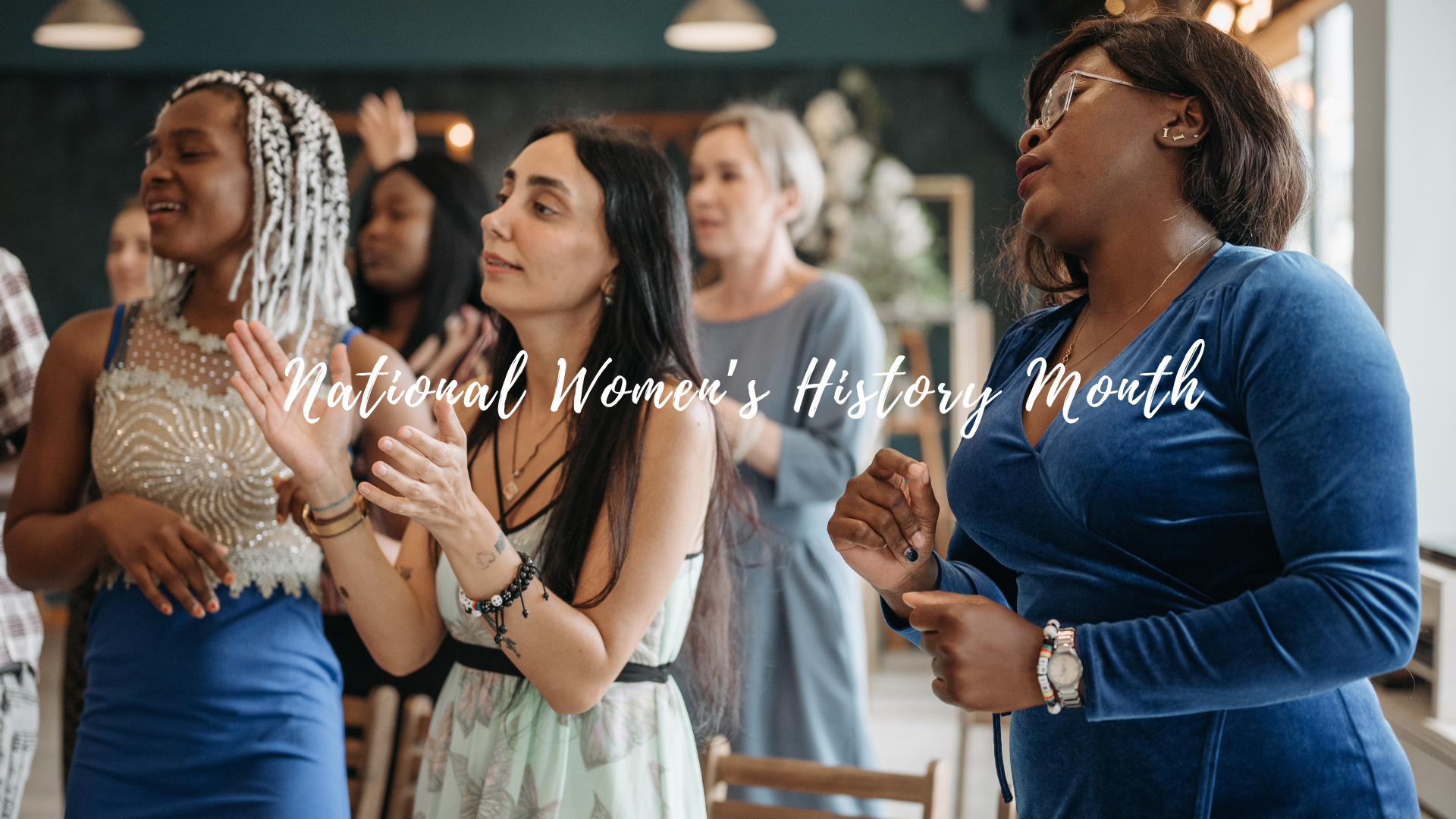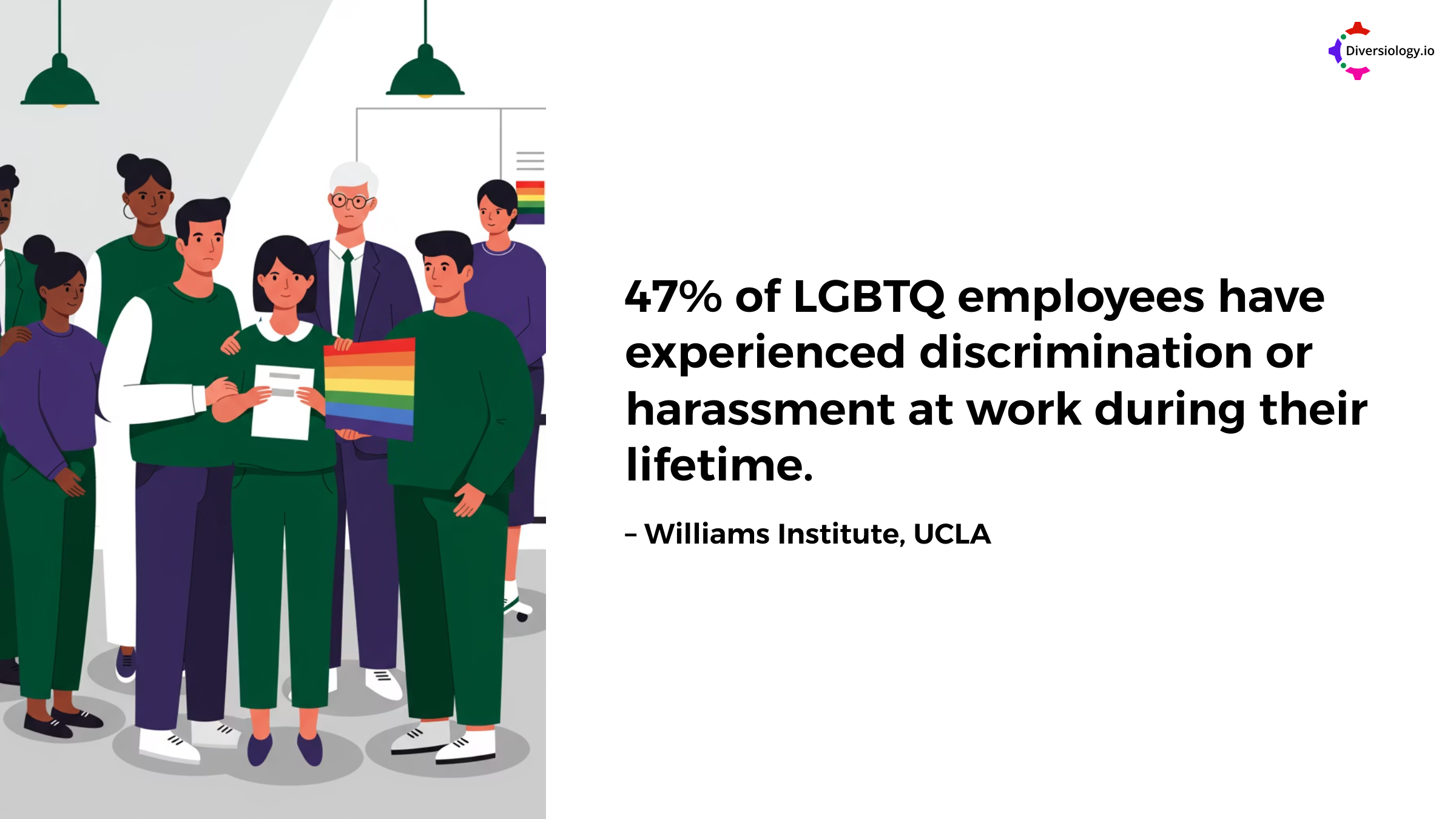National Women’s History Month stands as a pivotal time of the year dedicated to recognizing and celebrating the significant contributions women have made to society, culture, and history. Originating in the United States, this event has grown in importance and is now celebrated globally. The origins of National Women’s History Month trace back to the early 20th century, evolving from International Women’s Day, a day initially observed in 1911. In 1980, the U.S. Congress expanded this celebration to a week, and by 1987, it officially became a month-long observance in March. This evolution underscores the increasing recognition of women’s roles and achievements across various fields, advocating for gender equality and women’s rights. Inclusive engagement in commemorating this month ensures that the celebration is respectful, acknowledges diversity, and fosters an inclusive environment.
🌈 Dimensions of Diversity Supported by National Women’s History Month
National Women’s History Month supports multiple dimensions of diversity, including but not limited to gender, race, ethnicity, age, sexual orientation, disability, and socioeconomic status. By highlighting the achievements of women from various backgrounds, this event promotes an understanding and appreciation of the rich tapestry of experiences that women bring to the table. It challenges stereotypes and dismantles barriers, fostering a more inclusive and equitable society. Emphasizing the diverse contributions of women not only elevates their achievements but also inspires future generations to break through their own ceilings.
Join the Diversiology community to read the full article and learn how to celebrate National Women’s History Month with respect and inclusivity. Discover more, engage deeply, and learn continuously on our platform. Access resources and tools like our comprehensive diversity calendar and immerse yourself in a vibrant community of learners and leaders committed to making a difference – one story, one conversation, one resource at a time.








